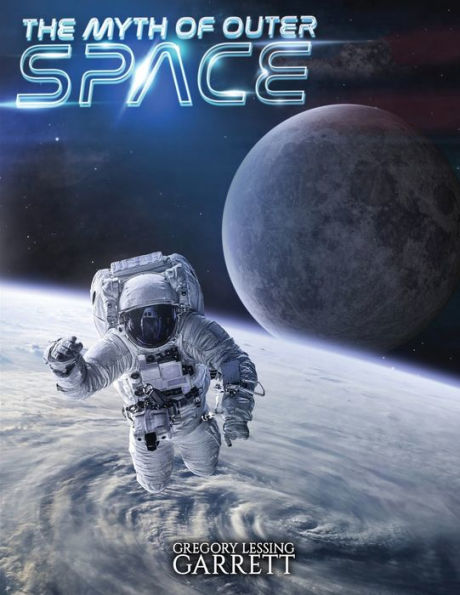The Myth of Outer Space
In the Newtonian Model, The Earth's atmospheric pressure gradients, and in particular, at The Exosphere, contain an ascending strata of atomic density that is so sparse that there is an insufficient mass to satisfy Newton's Universal Law of Gravitation's requirement for significant mass as a function of gravitational attraction. Additionally, for Einstein, what is known as Gravity is not a force but evidence that we exist in a pseudo-Riemannian Manifold, or nonisomorphic, as it traces a geodesic, a space whose shape comes from the presence of masses with time being a relative quantity. Einstein's Theory of General Relativity is a kinematic theory in that it provides a geometric explanation of gravitational motion, wherein there is no "mass attracts mass" variable. This, being Newton's gravitational claim, was supplanted with curved Space-Time. Nevertheless, for gas pressure gradients to remain intact contiguous to a vacuum, the necessary antecedent of a container is required, according to The Second Law of Thermodynamics. From these aforementioned conditions, we know that gravitational attraction has no power to hold singular atoms, nor The Earth's atmospheric pressure gradients, from being immediately "pushed upwards," in a homogenous confluence, out into the vacuum of Outer Space at the highest altitudes above The Earth, and by no means, can gravitational attraction serve or behave as a barrier between The Earth and the alleged vacuum of Outer Space. This being the case, and since The Earth, indeed, possess a pressurized atmosphere, the claim that The Earth is surrounded by an Outer Space vacuum is null and void, and the container is the Firmament from Genesis.
1142842816
The Myth of Outer Space
In the Newtonian Model, The Earth's atmospheric pressure gradients, and in particular, at The Exosphere, contain an ascending strata of atomic density that is so sparse that there is an insufficient mass to satisfy Newton's Universal Law of Gravitation's requirement for significant mass as a function of gravitational attraction. Additionally, for Einstein, what is known as Gravity is not a force but evidence that we exist in a pseudo-Riemannian Manifold, or nonisomorphic, as it traces a geodesic, a space whose shape comes from the presence of masses with time being a relative quantity. Einstein's Theory of General Relativity is a kinematic theory in that it provides a geometric explanation of gravitational motion, wherein there is no "mass attracts mass" variable. This, being Newton's gravitational claim, was supplanted with curved Space-Time. Nevertheless, for gas pressure gradients to remain intact contiguous to a vacuum, the necessary antecedent of a container is required, according to The Second Law of Thermodynamics. From these aforementioned conditions, we know that gravitational attraction has no power to hold singular atoms, nor The Earth's atmospheric pressure gradients, from being immediately "pushed upwards," in a homogenous confluence, out into the vacuum of Outer Space at the highest altitudes above The Earth, and by no means, can gravitational attraction serve or behave as a barrier between The Earth and the alleged vacuum of Outer Space. This being the case, and since The Earth, indeed, possess a pressurized atmosphere, the claim that The Earth is surrounded by an Outer Space vacuum is null and void, and the container is the Firmament from Genesis.
69.95
In Stock
5
1

The Myth of Outer Space
396
The Myth of Outer Space
396
69.95
In Stock

Product Details
| ISBN-13: | 9798823161404 |
|---|---|
| Publisher: | Barnes & Noble Press |
| Publication date: | 12/11/2022 |
| Pages: | 396 |
| Product dimensions: | 8.50(w) x 11.00(h) x 1.03(d) |
About the Author
From the B&N Reads Blog
